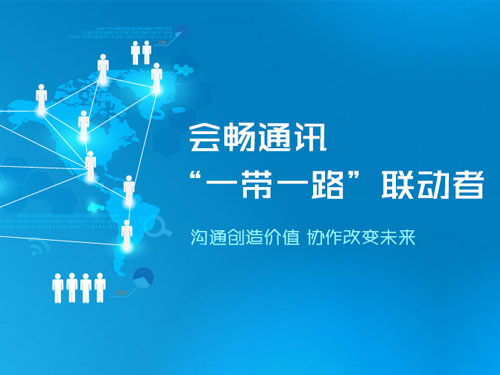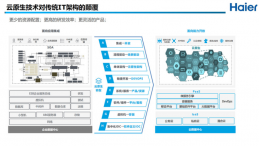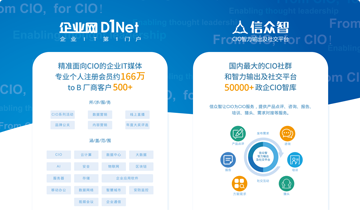Like the paperless office, unified messaging — storing and accessing various types of communications, from e-mail to voice mails, faxes and videos, in a single place — has been something of a chimera. But although the dream of unified messaging (UM) might have been overhyped before the technology was there to deliver and fully integrated systems still are not yet available, vendors are starting to catch up in certain areas.
Marin County, Calif., for example, has turned to voice technologies to provide remote access to office messages for more than 2,300 employees, many of whom don’t have an office. “Employees can access their e-mail, voice mail messages, calendar appointments and other information with voice commands on any telephone” by using Speech Access from Avaya, said Barbara Layton, telecommunications manager of Marin County. She said Speech Access is easily the most popular application the county has ever introduced.
The potential benefits of UM are many. For one thing, you can cut down on the number of physical devices. For example, if you can receive faxes on your desktop PC, you no longer need a physical fax machine. This could be attractive to agencies with remote offices or workers. Workers can access a variety of messages through a common message portal, even if they’re not physically present.
As an example, the Oklahoma Army National Guard has the task of delivering training to people throughout the state. The original approach to this communication problem was for everyone to travel to various locations for daylong sessions in person. However, in 1996, they began to use videoconferencing to deliver the same training to the user’s desktop, saving considerable travel overhead. Today, the same networks that carry data also carry voice and video for conferencing.
Also, today’s UM products are flexible and agile enough to work with existing technologies, minimizing the amount of investment required. An organization could already have what it takes to add new streams of communication, such as voice mail or instant messaging, to existing e-mail features.
“Vendors have now started including UM capabilities on most of their voice mail platforms, making it practically impossible not to have UM if you are deploying voice mail,” said Elka Popova, global program director of unified communications at growth consultants Frost and Sullivan.
The trick, consultants say, is to start thinking abstractly about communications to identify where UM might be the most help. For example, rather than flying people to meetings or using expensive third-party services to teleconference, an agency could be able to use its existing network to host phone conferences.
"We recommend that agencies start with answering why they want expanded communications,” said Siafa Sherman, chief technology officer of Nortel Government Solutions. Think about who needs to talk to whom. Reflect on your agency’s function and how communication is part of that function, both internally and externally. That can reveal possibilities for unifying the messaging services.
Behind the interface
On a practical level, agencies need to decide what kind of access to provide to its message stores. For example, it’s useful and efficient to get e-mail messages via phone, using text-to-speech conversion. However, this raises security and privacy concerns.
How and where to store messages is also a tricky issue. Storing all message streams on a single server seems a simple solution, but it could result in slower access for multiple users without redundant connections. Recovery in the event of a disaster to that server is another consideration.
“We suggest separating the streams on the back end, while managing their availability on the front end,” Sherman said. In this approach, PCs and phones can become portals to a variety of message streams on the back end.
Some options incorporate everything an agency needs, including the hardware. For example, Interactive Intelligence’s Messaging Interaction Center is a single platform for voice mail and optional unified messaging, and it costs $40,000 to $110,000 depending on port size and required functionality.
For a software-only solution, Interactive Intelligence offers the Customer Interaction Center, a communications software suite that provides automation for contact centers using several channels and enterprise IP telephony, priced per station at $2,500 to $4,000 for the agent software and $350 to $1,000 for each station. In comparison, Cisco Systems' Unity Unified Messaging is a software-only component for Microsoft Exchange that costs about $125 per user license.
Hidden messages
Although your users might look forward to UM, your agency’s applications might not. The ability to, say, add a fax image to an invoice or append a voice mail to a report could require some effort to avoid breaking your applications.
Of course, many applications already have such capabilities — even though you might not use them or even be aware of them. For example, Microsoft Exchange Server 2007’s Exchange Unified Messaging handles e-mail, voice mail and fax, and it offers phone access as an option. Similarly, the Oklahoma Army National Guard plans to use Microsoft Active Directory resources to schedule ad hoc virtual meetings. But in many cases, it might be necessary to add UM capabilities to applications via new code or clever workarounds.
When evaluating vendors, Blair Pleasant, president of consulting firm COMMfusion, suggested looking beyond the basic integration of voice mail, e-mail and fax, to what he called completeness of solution.
“This includes capabilities such as find me/follow me, live reply, speech-enabled personal assistant, automated attendant, notification options, the ability to work with different groupware products, support for both IP and [time-division multiplexing] environments, integration with multiple vendors’ switches, and other important capabilities,” Pleasant said.
And it’s a good idea to analyze your agency’s business processes before tinkering with communications. Vendors should be willing to do some upfront consultation before thinking about plans and products.
Agencies should start with small changes to their existing technologies, just to explore some of the possibilities. For example, the Oklahoma Army National Guard began its implementation of a new video conferencing system with a small number of endpoints and a network bridge for video and then expanded as the program proved successful. "We now have 120 high-definition endpoints and deliver approximately 1,200 hours of video each month," said Warrant Officer CW4 Welly Gibson, activity manager for visual information and distance learning.
When searching for products, ease of integration is especially important, and most vendors recognize that their products must be as flexible and system-independent as possible. Some products, such as Objectworld’s UC Server, support multiple simultaneous connections to heterogeneous mail servers, including Microsoft Exchange Server, IBM Lotus Notes and Domino, Novell Groupwise, and IMAP4-compliant servers. For others, middleware might be necessary to smooth the gaps.
Ease of configuration and simple administration are impo










































































































 京公網安備 11010502049343號
京公網安備 11010502049343號